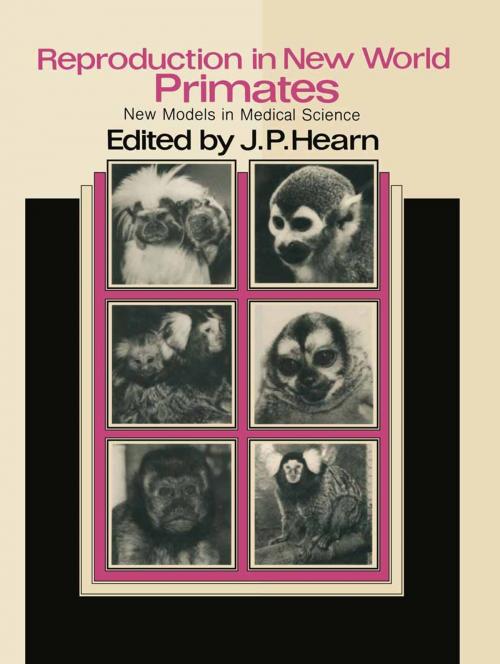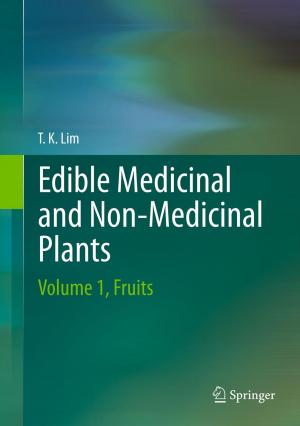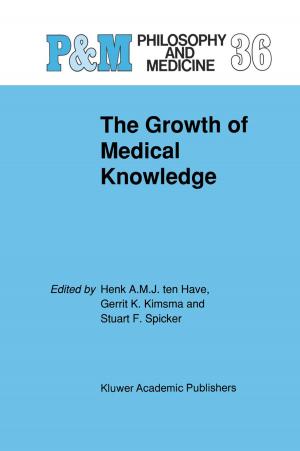Reproduction in New World Primates
New Models in Medical Science
Nonfiction, Health & Well Being, Medical, Specialties, Gynecology & Obstetrics| Author: | ISBN: | 9789400973220 | |
| Publisher: | Springer Netherlands | Publication: | December 6, 2012 |
| Imprint: | Springer | Language: | English |
| Author: | |
| ISBN: | 9789400973220 |
| Publisher: | Springer Netherlands |
| Publication: | December 6, 2012 |
| Imprint: | Springer |
| Language: | English |
The New World primates are becoming widely used in scientific and medical work in fields from anthropology to zoology, behaviour to urology. They have unique attributes for studies in cancer, infectious diseases, genetics, virology and reproduction. However, it is only now that their reproductive physiology is being clarified in any depth and this book is a first synthesis of that knowledge. The nine authors involved in this project have presented an up to date account of the major New World species used in biological and medical science. In addition to their distribution and conservation in the wild, essential biological data from laboratory studies are presented on reproductive cycles, gestation length, seasonal breeding, puberty and other factors. The major applications of these species in research are explored. Whenever possible, research workers should steer away from using endangered species in their studies. The New World monkeys used in research in any numbers are still fairly common ~n the wild, yet their greatest advantages are ~n their smalle size and high fecundity. This makes possible the establishment of self sustaining captive breeding colonies at a fraction of the time and cost necessary for the more conventional Old World laboratory primates. Consequently the drain on wild stocks need not be extensive as only breeding nuclei should be necessary.
The New World primates are becoming widely used in scientific and medical work in fields from anthropology to zoology, behaviour to urology. They have unique attributes for studies in cancer, infectious diseases, genetics, virology and reproduction. However, it is only now that their reproductive physiology is being clarified in any depth and this book is a first synthesis of that knowledge. The nine authors involved in this project have presented an up to date account of the major New World species used in biological and medical science. In addition to their distribution and conservation in the wild, essential biological data from laboratory studies are presented on reproductive cycles, gestation length, seasonal breeding, puberty and other factors. The major applications of these species in research are explored. Whenever possible, research workers should steer away from using endangered species in their studies. The New World monkeys used in research in any numbers are still fairly common ~n the wild, yet their greatest advantages are ~n their smalle size and high fecundity. This makes possible the establishment of self sustaining captive breeding colonies at a fraction of the time and cost necessary for the more conventional Old World laboratory primates. Consequently the drain on wild stocks need not be extensive as only breeding nuclei should be necessary.















